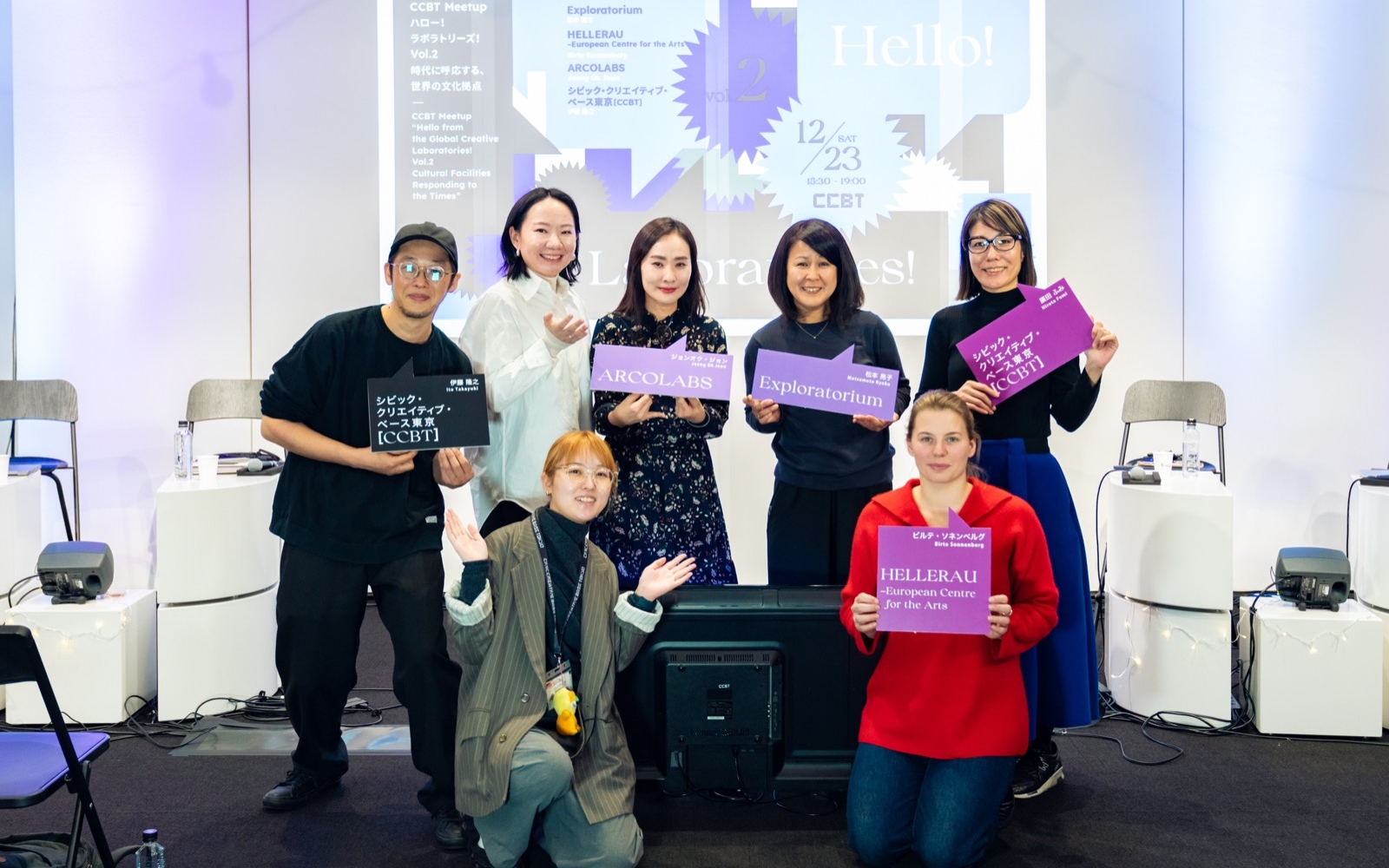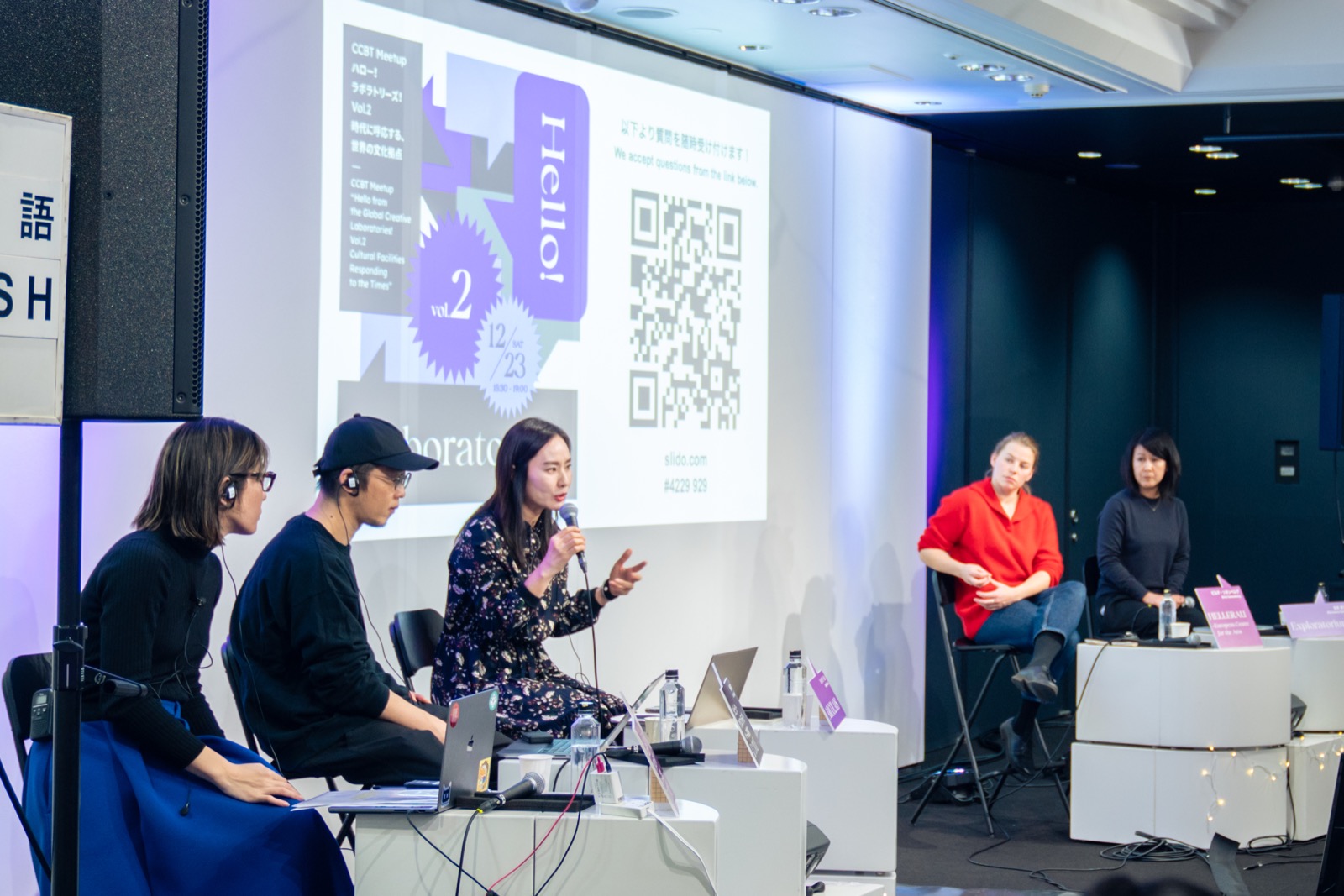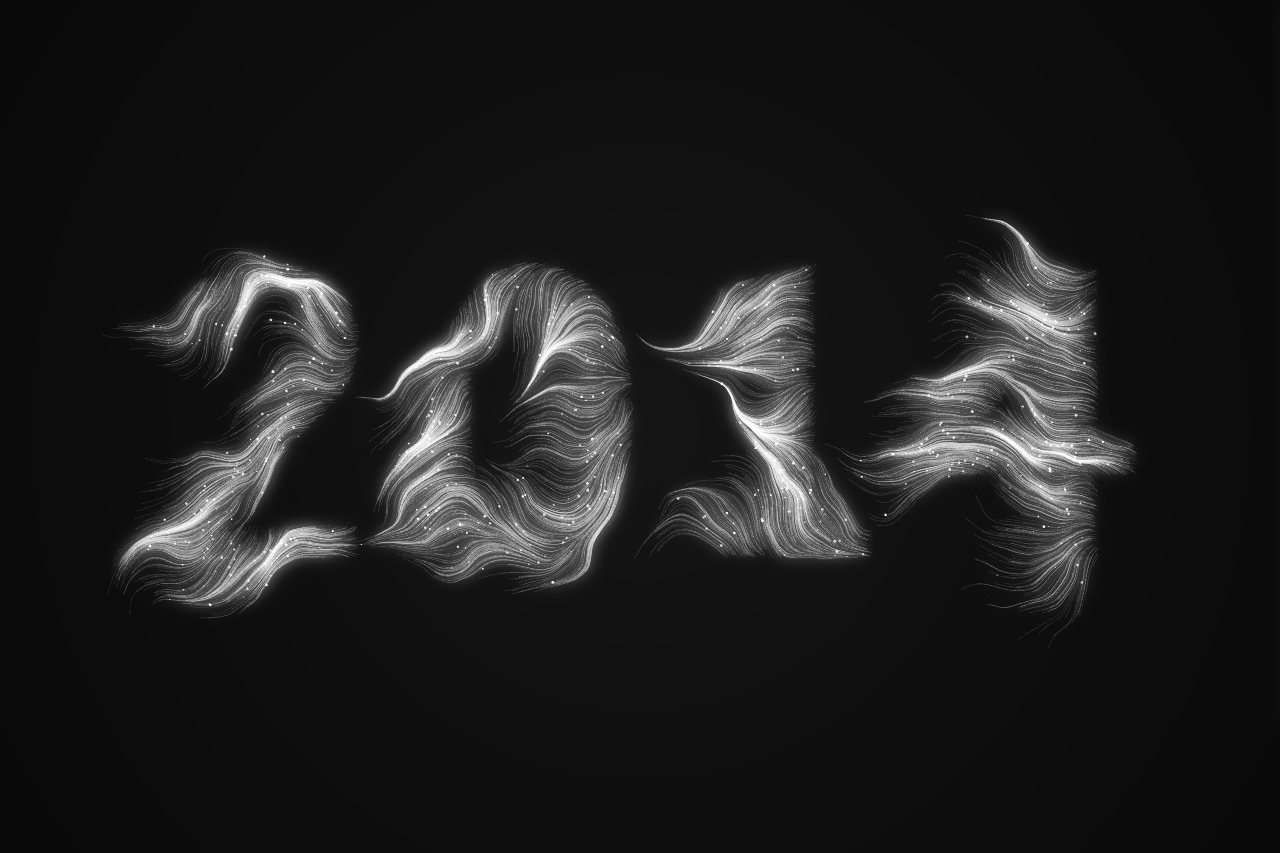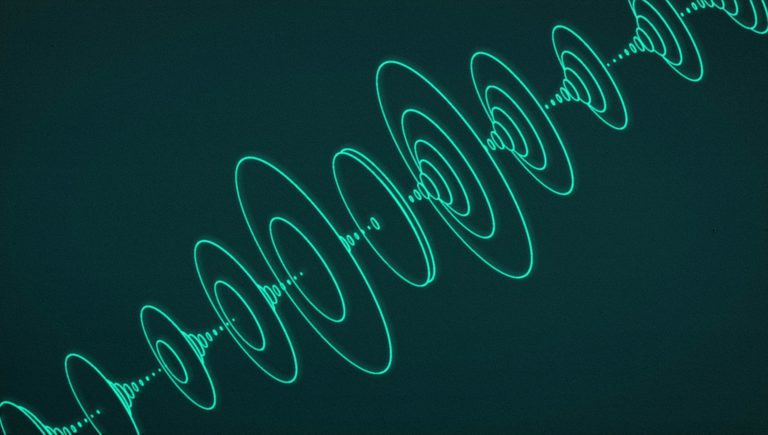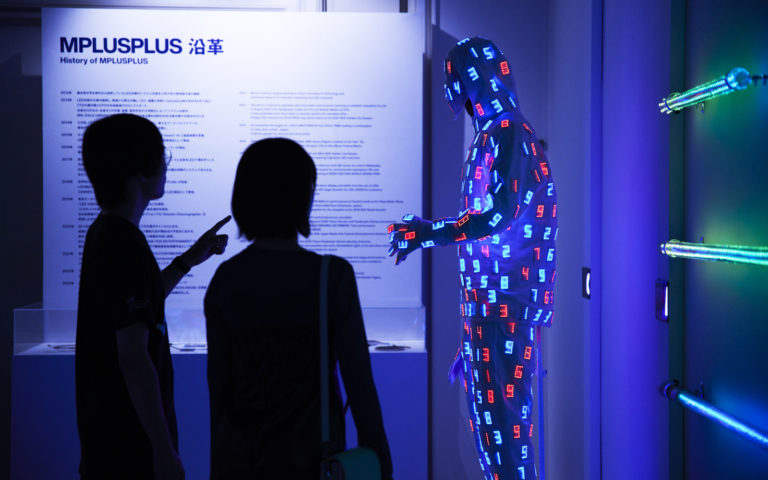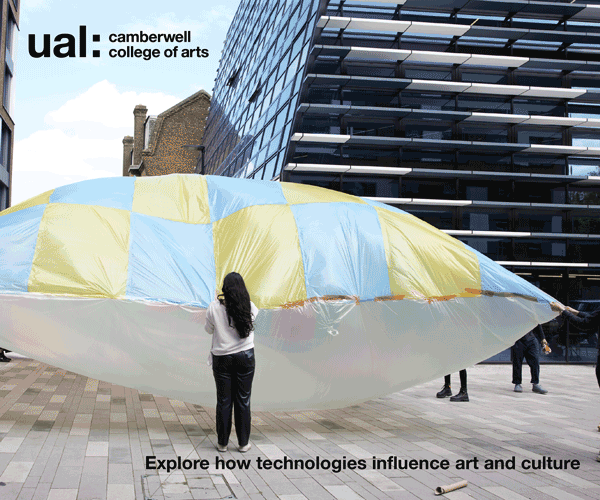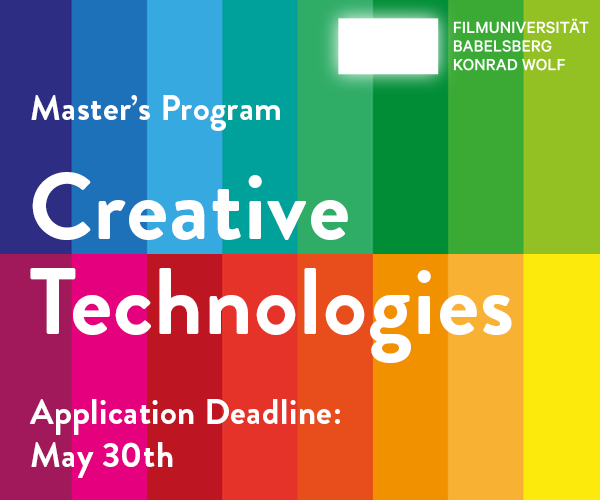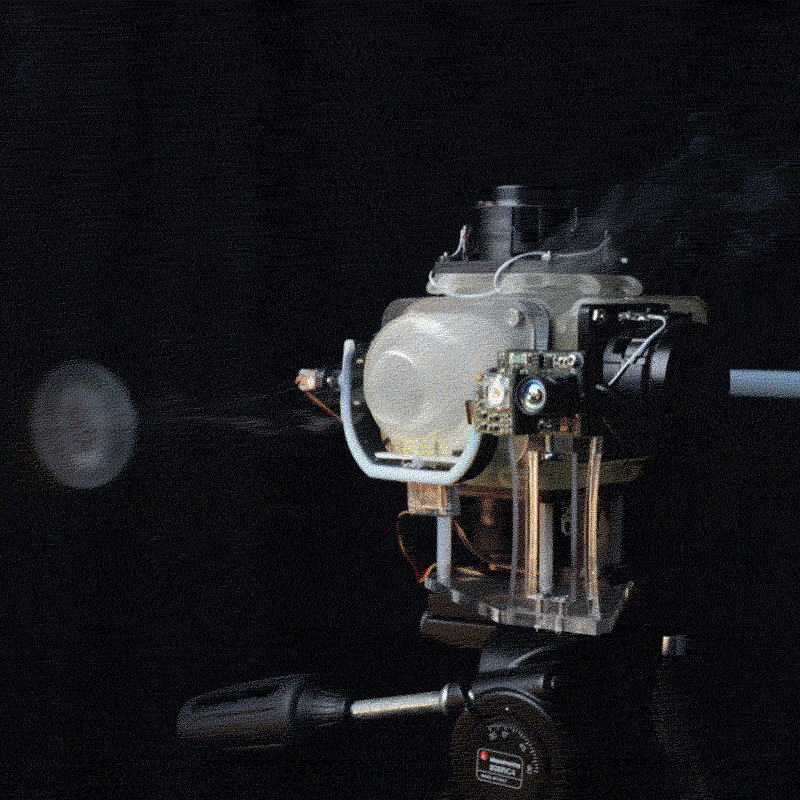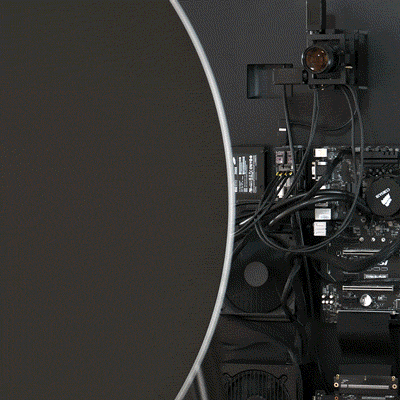What are the benefits of a lab-style approach for arts organizations? How have small and medium-sized culture centers across the world responded to the post-Covid norms of event hybridization?
On December 23, 2023, “Hello from the Global Creative Laboratories! Vol. 2: Cultural Facilities Responding to the Times” was held at Civic Creative Base Tokyo (CCBT), a hub for exploring creativity through art, technology, and design.
It sought to grapple with the questions of the zeitgeist, uncover some of the key challenges that cultural institutions now face, and share ways in which we can innovate to take bold steps toward the future.
Part of Civic Creative Base Tokyo’s Meetup program, “Hello from the Global Creative Laboratories!” is a series of events where peers and counterparts in the field of digital creativity come together to share and collaborate. The series has a particular focus on laboratory-driven cultural facilities.
Receptive to change and adapting to the times, laboratory-style culture centers are incubators for exploring artistic expression, trying new technologies, experimenting with fresh approaches, and engaging with the issues that matter to their contexts.
For the second iteration in the series, CCBT welcomed speakers from across the world: Japan’s Matsumoto Ryoko of Exploratorium in the United States; Germany’s Birte Sonnenberg from HELLERAU – European Centre for the Arts in Dresden; South Korea’s Jeong Ok Jeon of the Jakarta-based ARCOLABS.
The institutions the speakers represent are very diverse in terms of location and programming, not to mention scale (Exploratorium is run by a team of three hundred, for instance, while ARCOLABS is currently just two full-time people). But the problems they face in their efforts are nonetheless frequently similar, as became apparent during the symposium.
A Lab for Science, Art, and Learning
Matsumoto Ryoko is a learning designer at Exploratorium: The Museum of Science, Art and Human Perception, in San Francisco. Founded in 1969 by Frank Oppenheimer, the museum is an interactive science museum: instead of a collection of exhibits, it offers experiences. All of its exhibits are made in-house. The museum has its own “machine shop” for developing and maintaining the exhibits.
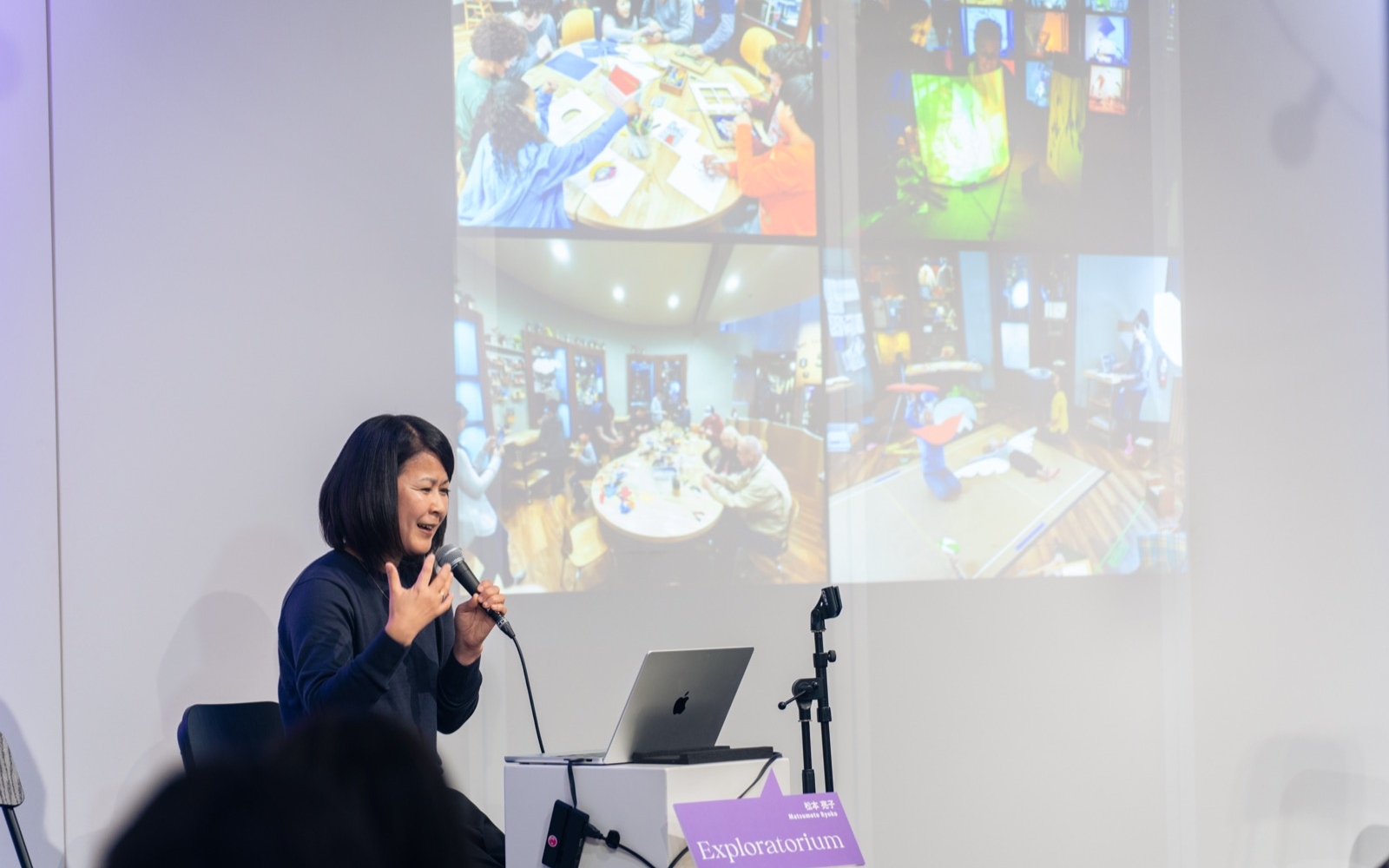
Its artist-in-residence program has been going for many decades, beginning with Bob Miller, who was neither an artist nor a scientist but a self-professed natural philosopher whose approach to creating was a process of wandering, musing, hypothesizing, collaborating, and asking questions. Other artists who have participated in the program over the years include Carl Cheng, Iwai Toshio, and Nakaya Fujiko. Rather than offering open calls, though, artists are invited to participate in the program based on project goals and an agenda set by the organizers. Always working as part of a team, the artists fall broadly into three categories: those who make something at Exploratorium and then leave; those who stay for longer and develop a piece more collaboratively; and those who continue to return as a series of collaborations.
At Exploratorium, the artworks and scientific exhibits work in tandem on the task of engaging the audience. Art is not an add-on but a process of inquiry in and of itself. The artists adopt scientific attitudes, methods, and standards in their work, developing hypotheses, building prototypes, and then testing them.
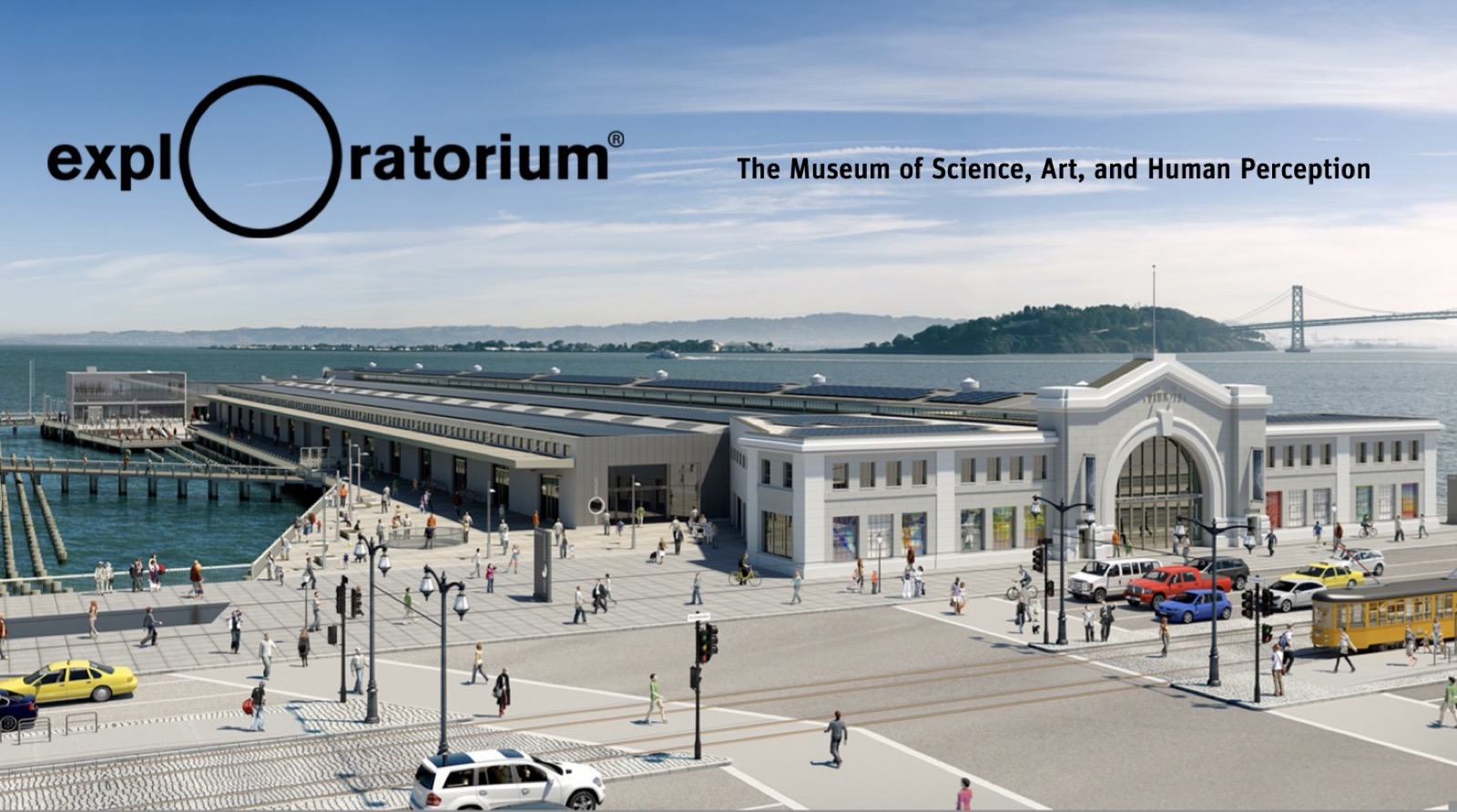
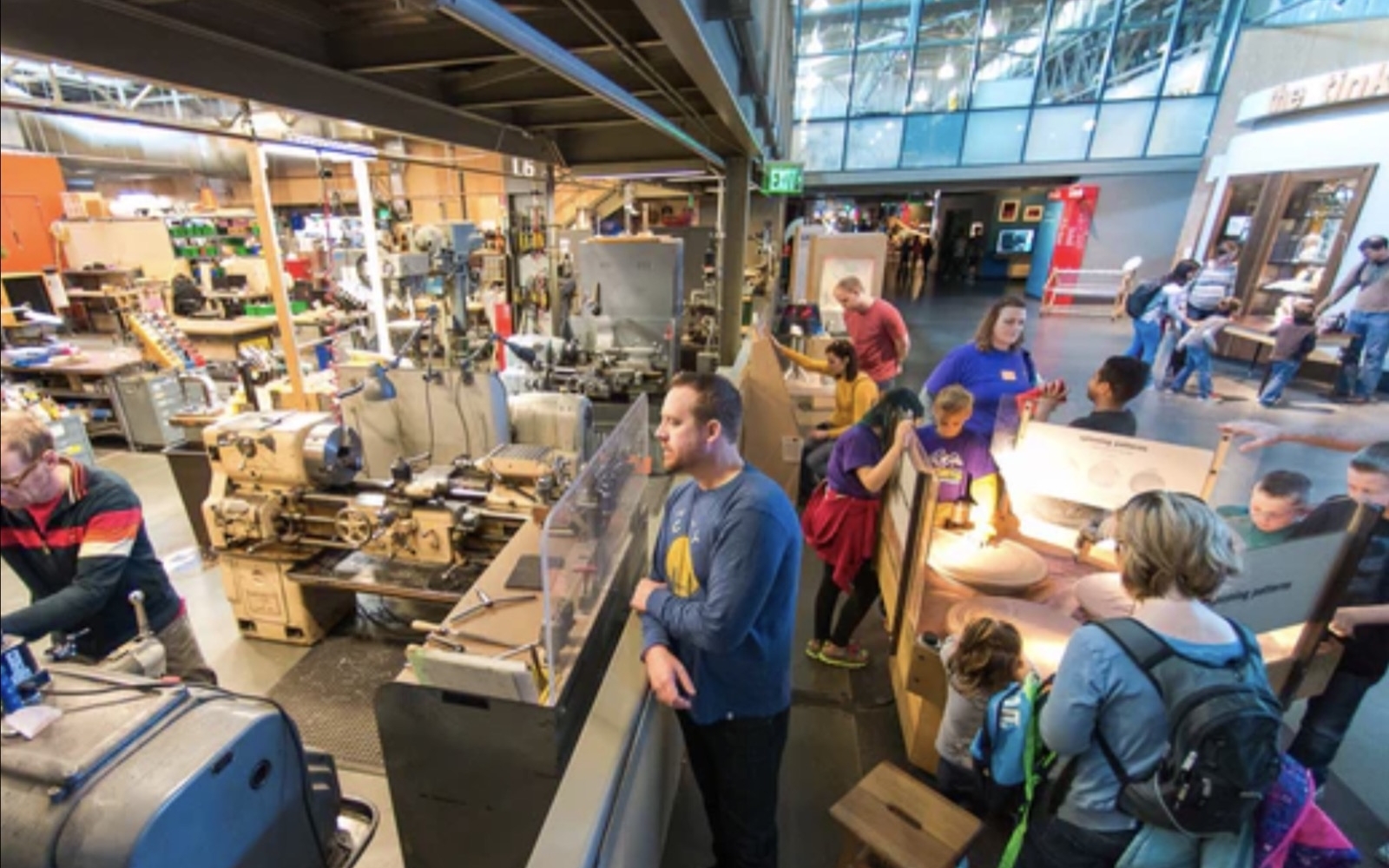
The Tinkering Studio workshop space, where Matsumoto herself works, is for the public to create artworks and “think by hand.” This creative approach to learning sees visitors young and old try experimenting with automata, circuit boards, lights, wind tubes, and more.
At Exploratorium, exhibits are never complete but constantly under development. All the exhibits are regarded as prototypes: these “perpetual” and “full-scale” prototypes (exhibits and activities) are tested with visitors, whose feedback is received and channeled back into further development. As Matsumoto explained, everything is developed in dialogue with materials and physical phenomena as part of a team culture in which people are encouraged to share even half-baked ideas. The team and the space itself is the lab.
A Lab for Interdisciplinary Performing Arts in the Digital Age
As Birte Sonnenberg explained, HELLERAU – European Centre for the Arts in Dresden is an interdisciplinary production house for dance, music, theater, performance, and digital l arts. The impressive site—once called a “cathedral of the future”—features a team of fifty working to plan and run 250 events a year that attract forty thousand visitors to their seven indoor venues, plus outdoor and temporary ones.
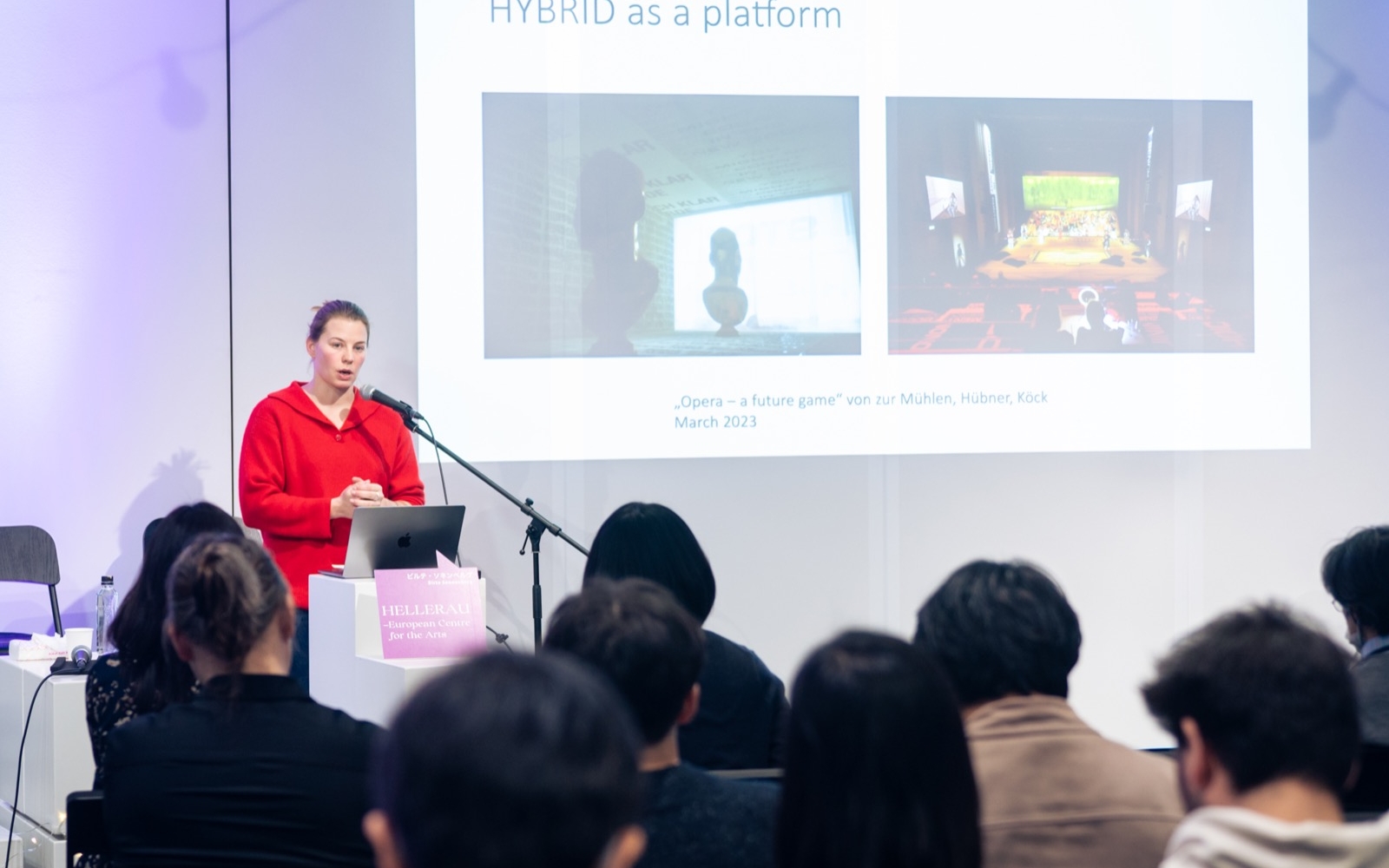
Along with hosting various festivals and events, HELLERAU has its own company in residence, the Dresden Frankfurt Dance Company, as well as an extensive outreach program and international residency program, which welcomes around a hundred residents a year. Recognizing its location in what was formerly East Germany, HELLERAU has strong links to Eastern Europe and regional contexts, such as the decline of the local mining industry.
But it has taken bold steps to go beyond falling into the trap of being yet another regional European production house, and in this respect functions like a lab-style institution.
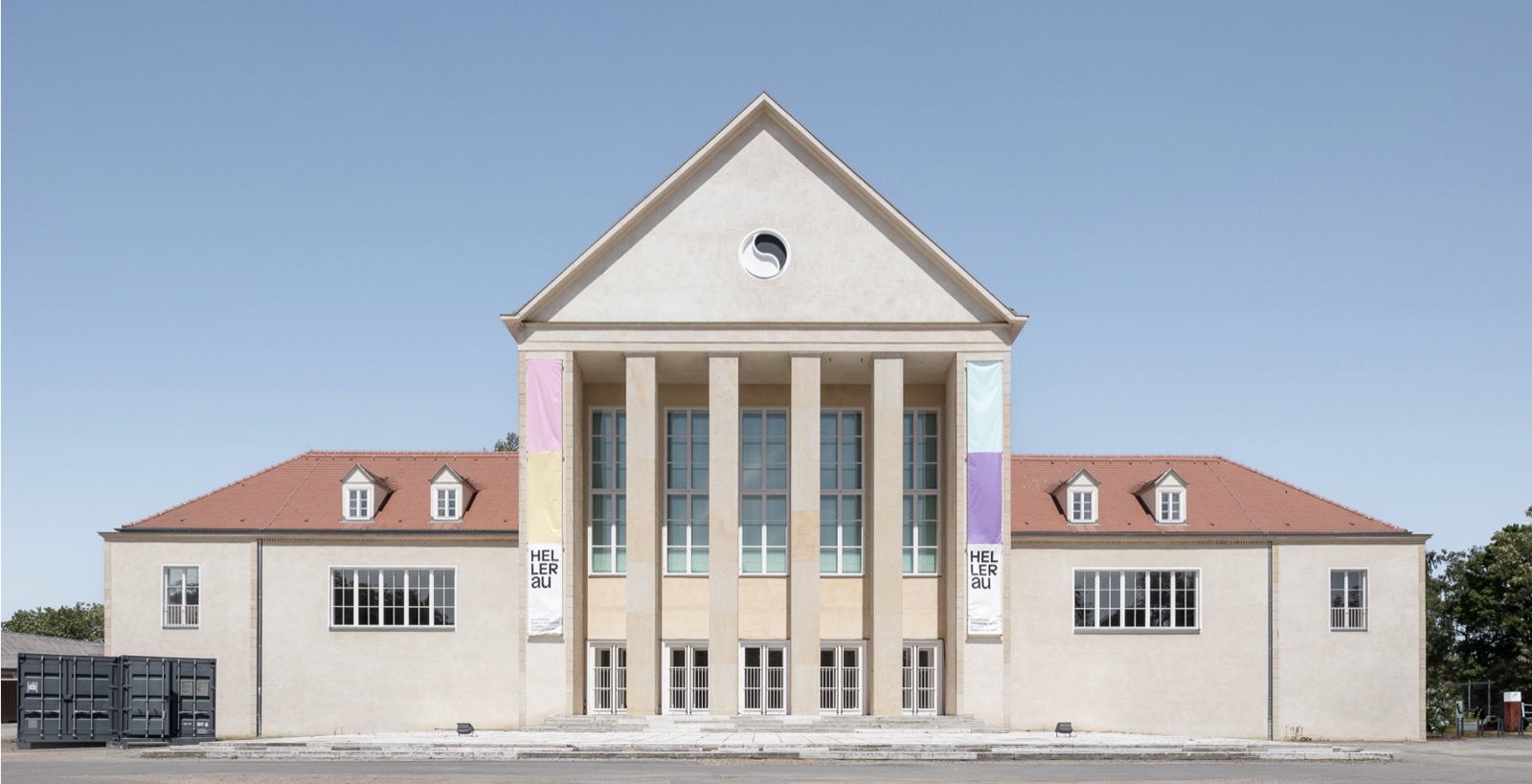
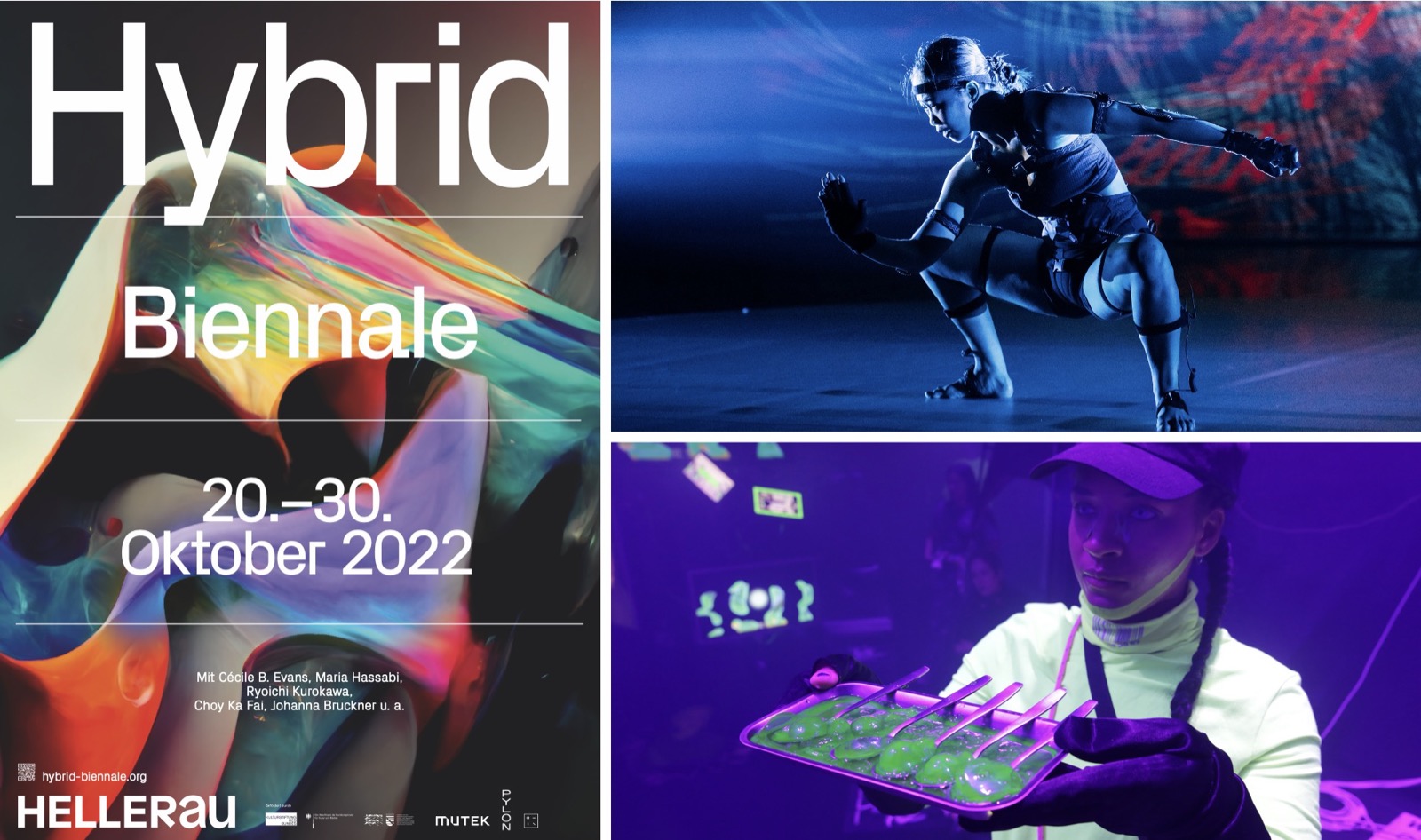
At the beginning of the twentieth century, HELLERAU was founded as a joint industry, research, and art project in response to industrialization and changes in working and living conditions. Today, the world is entering a similar but new, critical phase of global transformation. In 2019, HELLERAU established HYBRID as a platform, laboratory, and experimental and discursive space to accompany and answer these transformation processes for the arts in the (post-) digital age and critical phase of these transformation processes. Though predating Covid, the pandemic made its name even more topical. As a way of approaching those transformation processes, the technological as well as political and ecological implications of hybridity will be innovatively and critically reflected upon in international electronic and digital arts projects, try-outs, residencies, and symposia. The focus of the platform is the HYBRID Biennale, initially designed as a three-part project, and exploring such topics as the body (2022), space (2024), and sound (2026).
Additionally, the HYBRID Box, built out of two former shipping containers, serves as a modular art gallery dedicated to experimental and interdisciplinary practices for both regional and international artists. In 2024, it will leave HELLERAU to transform into a pop-up gallery.
A Roaming Lab for Participatory Media Art
The curator initiative ARCOLABS runs practice-based programs but has no permanent physical location. It focuses on developing curatorial methods for media art projects through its incubation program, and on fostering equal access to media art across Indonesia.
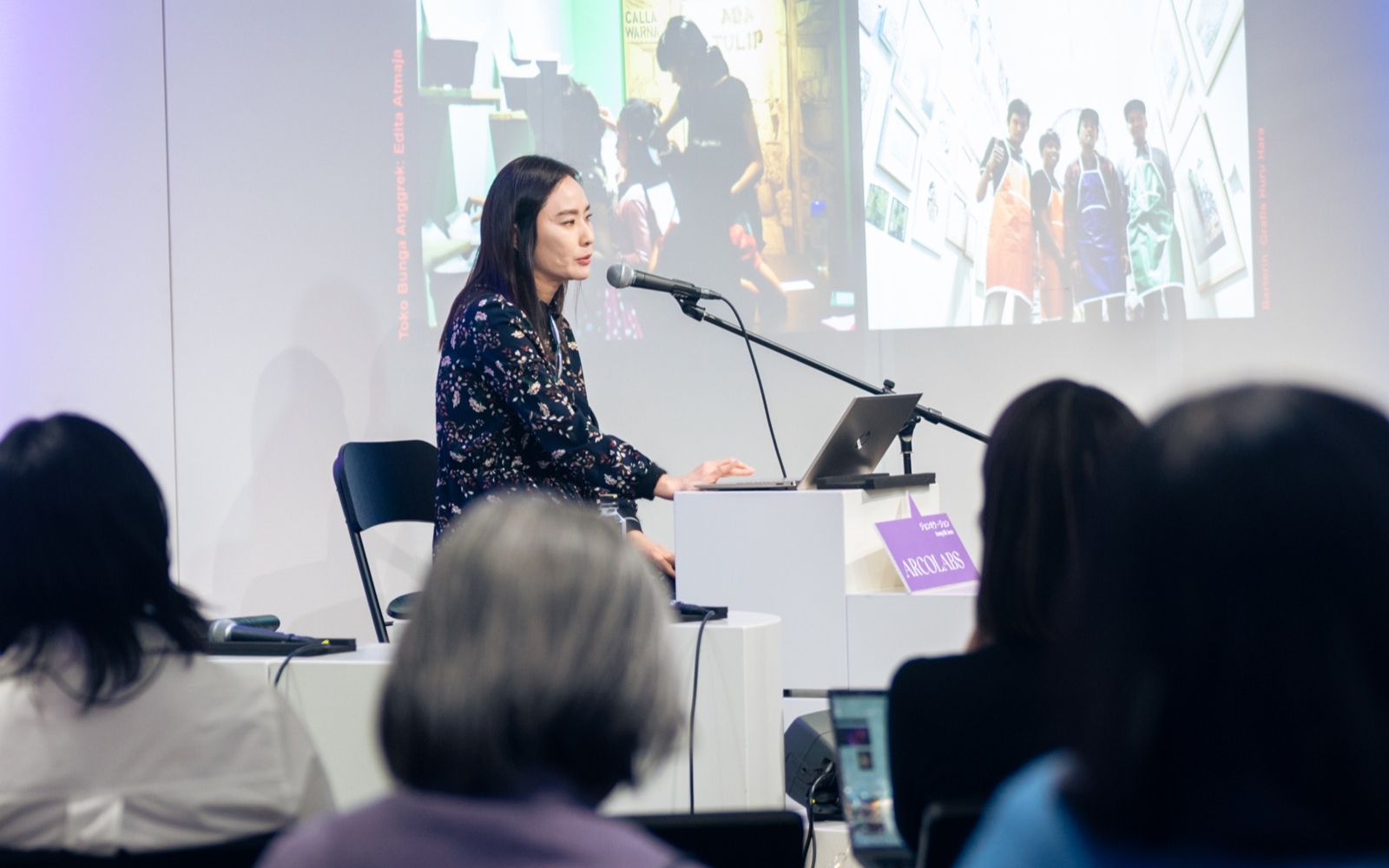
As the director Jeong Ok Jeon shared, ARCOLABS has opened physical spaces before. In 2014, SPACE: Galeri Pasar launched in a traditional Jakarta market , aiming to offer equal access to art in a community through open calls, and mentoring and promoting emerging artists, and in the process revitalize an old market. This space then relocated somewhere else for another two years.
ARCOLABS’ approach is characterized by its collaborations with various forms of curators, from full-time curators to those working on a project basis, and others brought in for their expertise on a certain topic. It tries to work as much as possible with local curators when it holds events in certain regions.
Aware of the ways in which the digital age has shifted audiences from passive viewers to active participants, ARCOLABS seeks to develop new audience roles, and invites them to engage with works of art at multiple levels. Its projects see curators and various artists pair up to explore sustainability, ecopolitics, and the digital age.
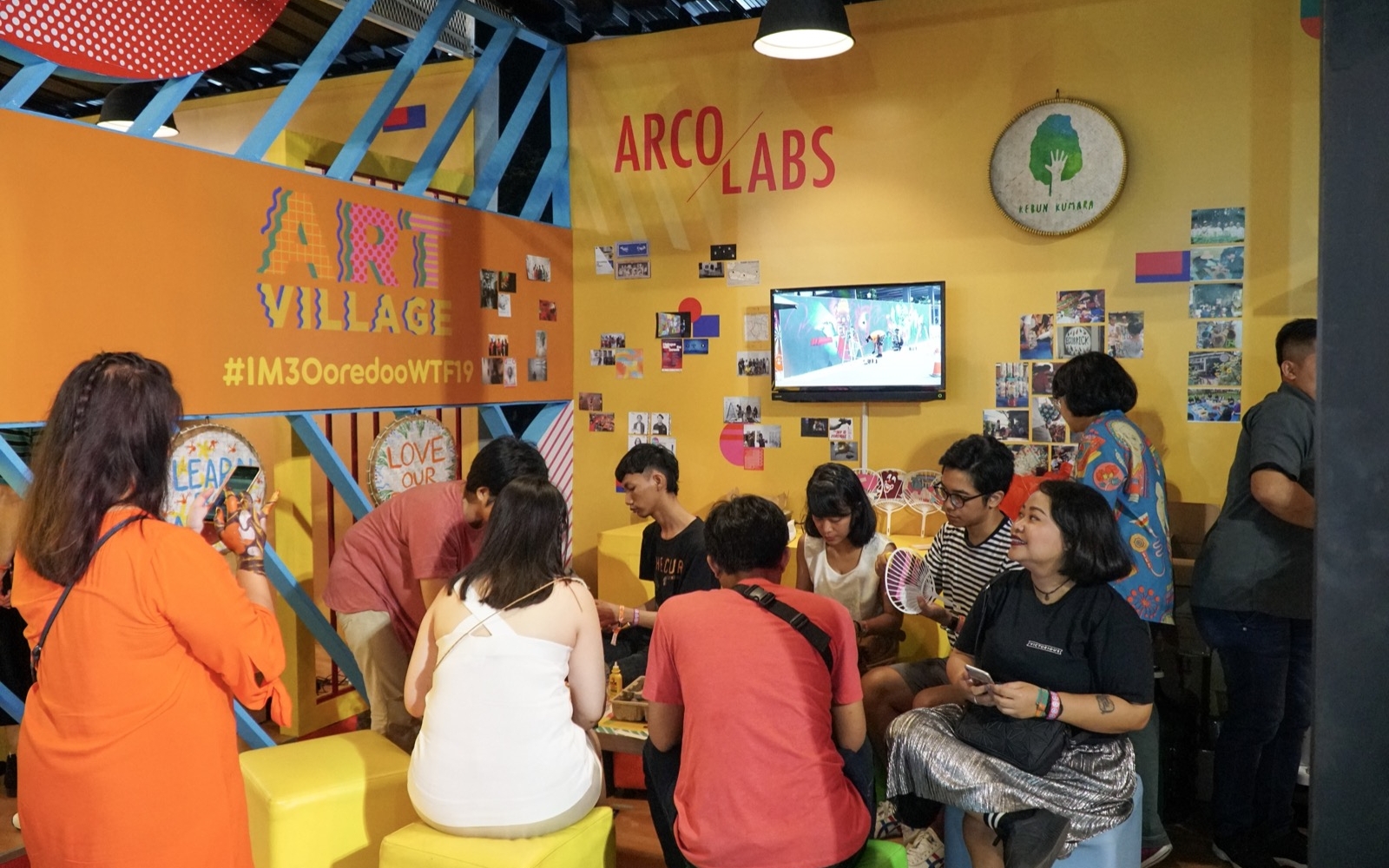
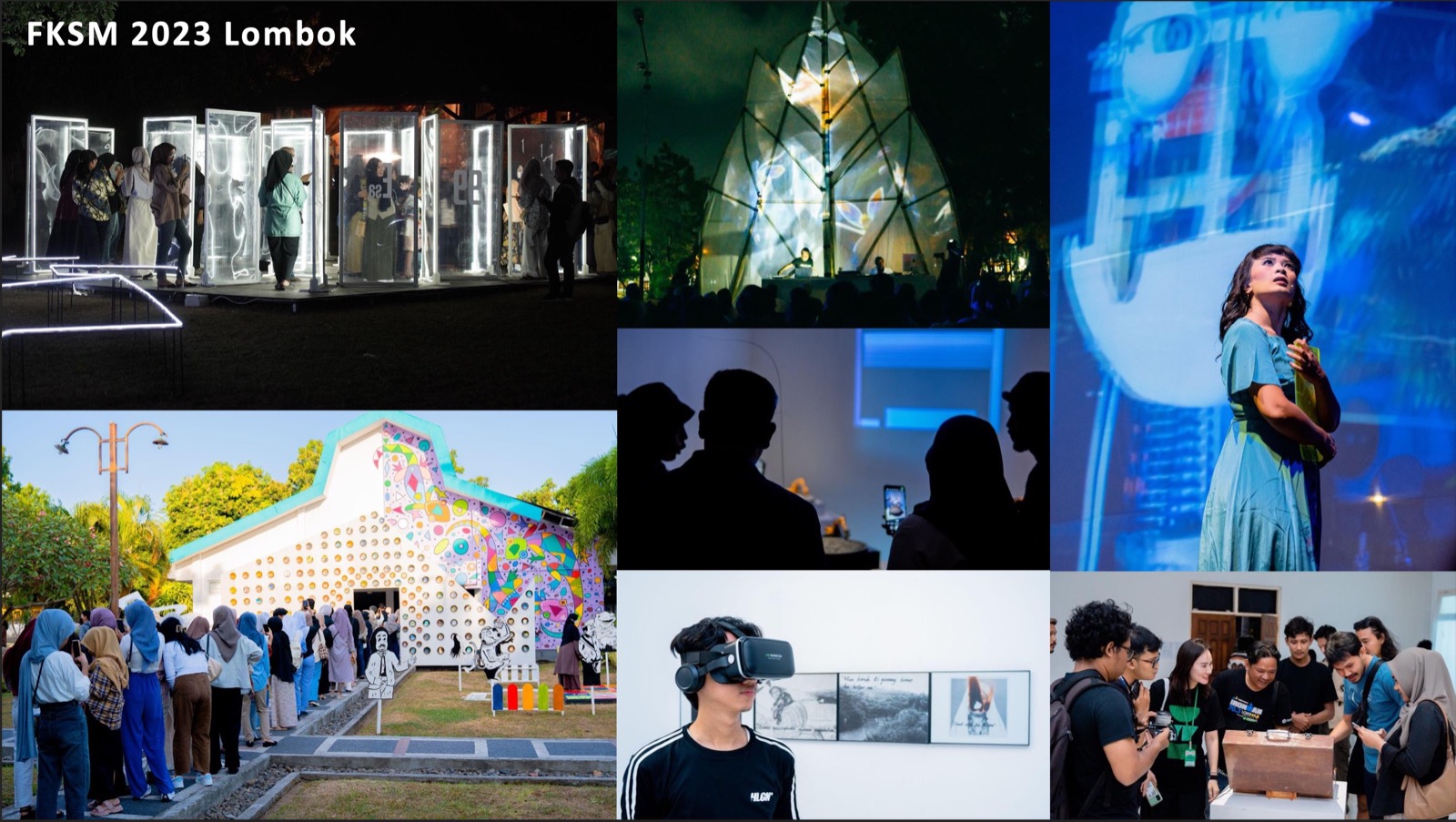
Jeon locates ARCOLABS within an ongoing lineage of media art unfolding in Indonesia since the 1990s, which is highly experimental, diverse, and inclusive. These developments emerged from artist collectives working at a grassroots level without government support, and the efforts of ARCOLABS show how, in many ways, it is the inheritor of this tradition, though government support has increased recently for such events and projects.
Media and digital literacy is quite high in Indonesia, but media art is still relatively embryonic. ARCOLABS’ laboratory approaches are committed to developing creative talent further in this still-growing environment. XPLORE is an incubation program for young media art practitioners to improve competency. ARCOLABS also participates in FKSM, a community festival that introduces media arts and intermedia performing arts and, by changing its location across Indonesia each time, seeks to move beyond the Java-dominated scene. It emphasizes local collaboration and knowledge sharing to build synergy across communities.
Though budgetary restraints prevent it from holding physical spaces on a long-term basis, ARCOLABS’ flexible and people-focused initiatives demonstrate media art’s ability to serve as a strategy fostering the diverse wisdoms and values of Indonesia.
A Versatile Lab for Civic Creativity
Civic Creative Base Tokyo’s technical engineer and program manager Ito Takayuki gave the final presentation. In keeping with its location in a city with a population of 14 million, CCBT aspires to promote creativity that reflects the wide range of people in Tokyo. It opened in October 2022, operated by Tokyo Metropolitan Foundation for History and Culture, which runs many cultural institutions in the city.
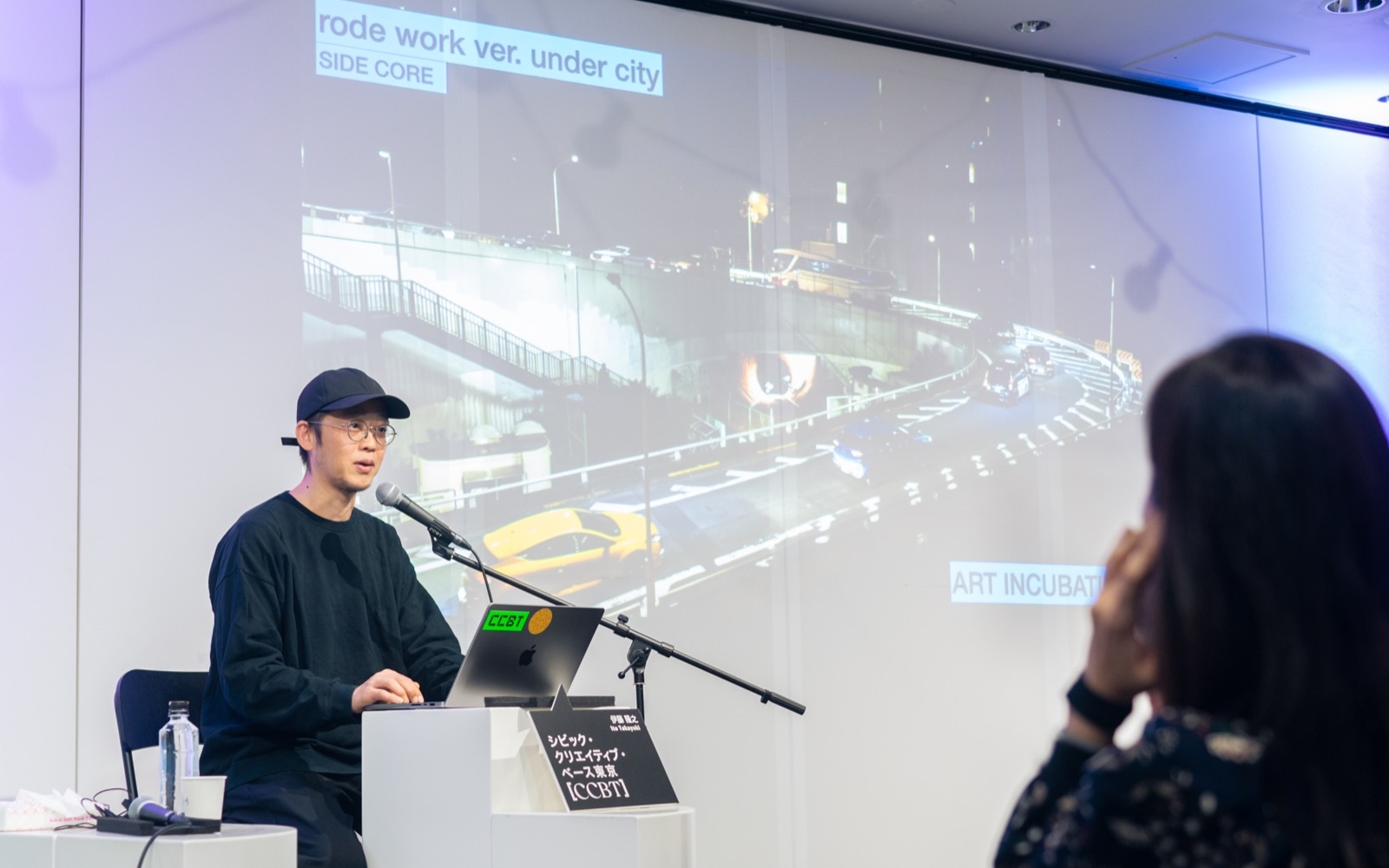
CCBT’s vision of civic creativity asserts that anyone and everyone is now an artist thanks to digital tools and technology. Professional practitioners are certainly involved, though, such as in its Art Incubation program, a co-creation platform that selects fellows to host throughout the year for making new projects, holding open studios, and running workshops. It is the largest program of its kind in Japan, and participants have come from the fields of design, performance, music, technology, games, therapy, and more.
Its programs also frequently reference CCBT’s location in Shibuya, taking art and technology projects out into the streets of the city or working with the local community.
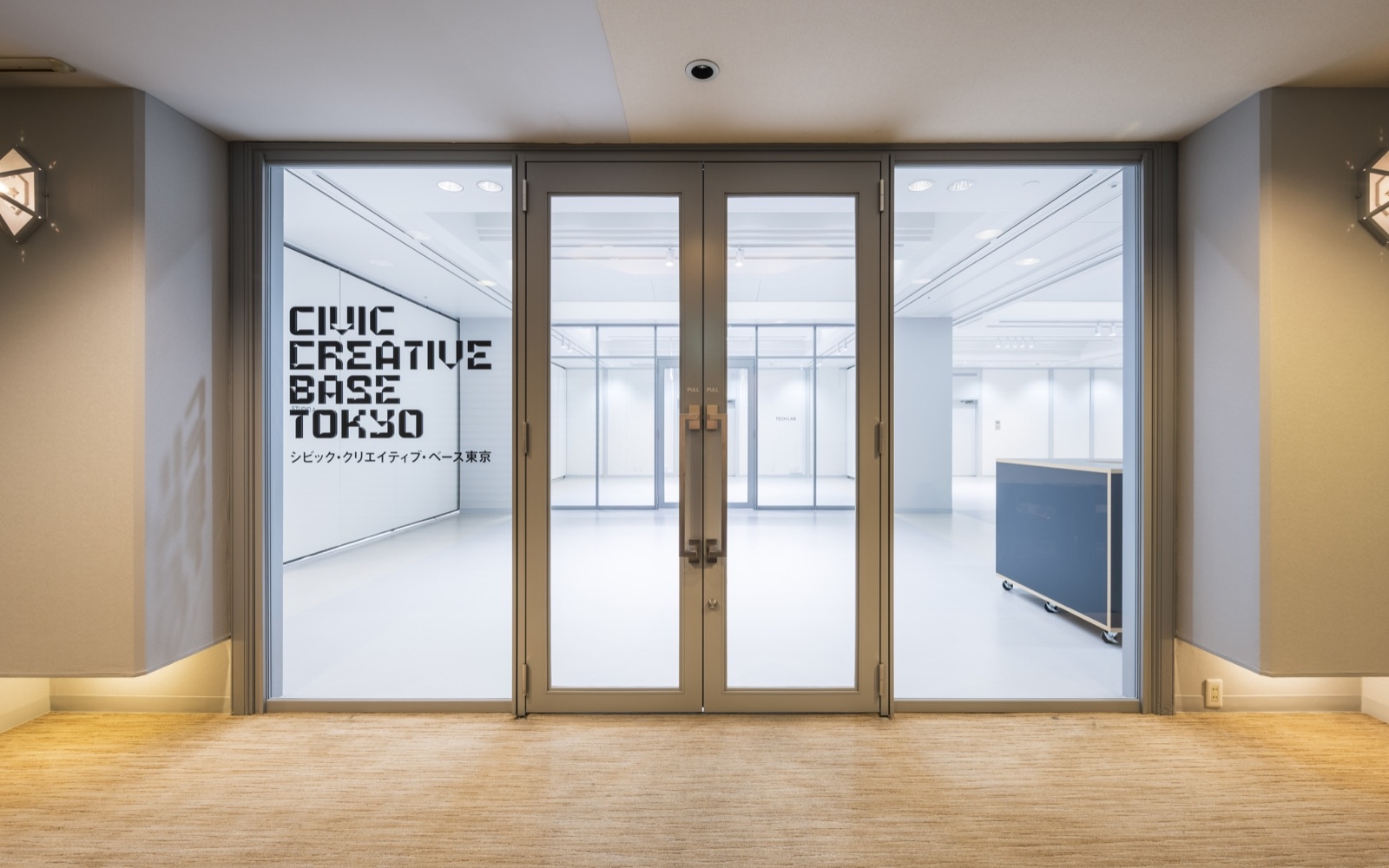
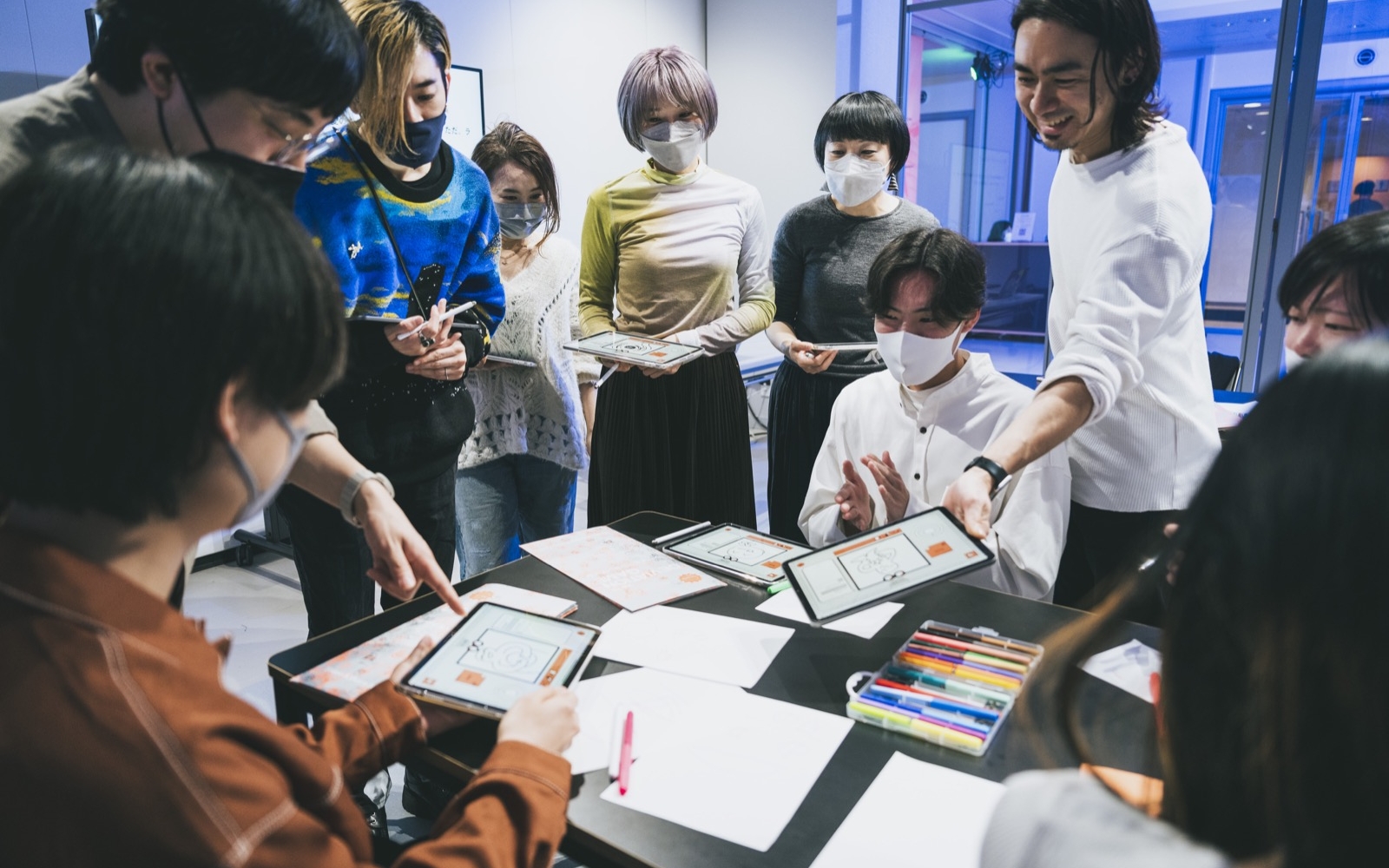
CCBT is a very versatile space, equipped with facilities for digital fabrication, ideation, art production , sports, and more. With its broad spectrum of programs, CCBT seeks to cultivate future fluency among all kinds of practitioners. But fluency in what? Competency is something that is acquired through a gradual process of trial and error involving artists, technicians, curators, researchers, and the public at large.To achieve this, CCBT endeavors to make the creative process accessible to all by holding not only exhibitions and screenings, but also workshops, meetups, and other events. This enables public participation as much as possible, and transcends the line between “professional” and “amateur.”
Looking to the Future: Archiving, Flexibility, Social Dialogue
The final discussion and Q&A touched on shared issues like archiving and the difficulty of documenting such laboratory activities. This is especially acute with time-based media like performance and media art works, which require explanation of contexts, use technologies that may become obsolete (and thus prevent playback), and can be hard to understand from still images or even video alone. Matsumoto Ryoko noted that Exploratorium actually keeps its physical displays as a resource for the future.
Exploratorium’s research arm focuses on audience feedback and how it is communicating, or failing to communicate to people, and this helps it improve for the future. Exploratorium also endeavors to use low-cost, standard hardware for better flexibility with its displays. Likewise, because of its quick turnaround of performances and events, HELLERAU prefers quick, easily installable equipment and technical solutions.
Ito emphasized the merit of having a lab facility in that it allows practitioners to test out their ideas immediately: such a responsive environment enables an institution to incubate experimental approaches. Not having its own permanent site, ARCOLABS relies on a network of partners and collaborators for providing venues and curatorial support.
With participants in the symposium drawn from institutions in East Asia, Southeast Asia, the United States, and Europe, laboratory-style cultural centers would seem to represent the cutting-edge model of creative hubs. But we should be cautious about expecting too much from them.
Jeong Ok pointed out that though ARCOLABS and other such lab-based, experimental organizations aspire to contribute to society, it isn’t realistic to demand that they produce tangible solutions to societal problems. Instead, their goal is ultimately to raise awareness among audiences and foster discussions.
Ito agreed “Dialogue with everyone. That’s what makes a lab function.”
CCBT | Exploratorium | HELLERAU | ARCOLABS
